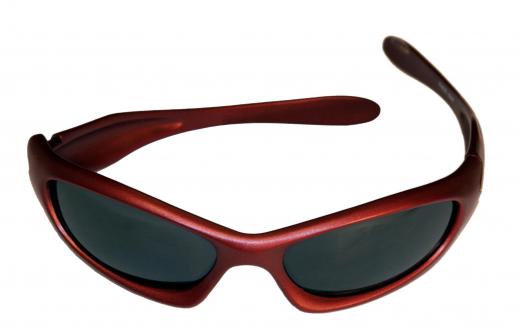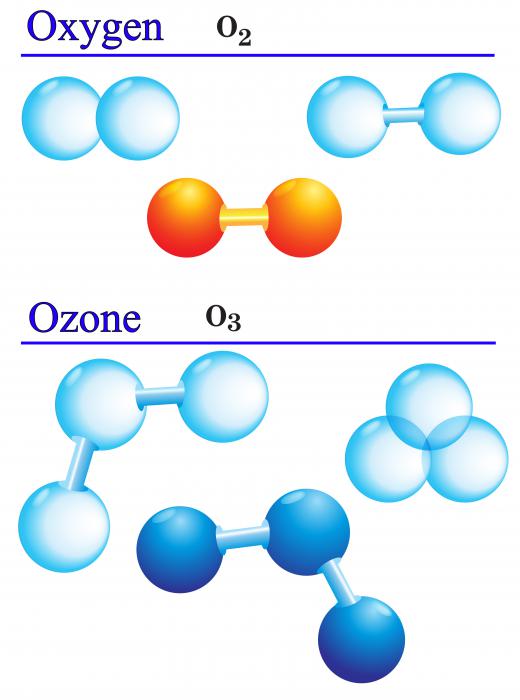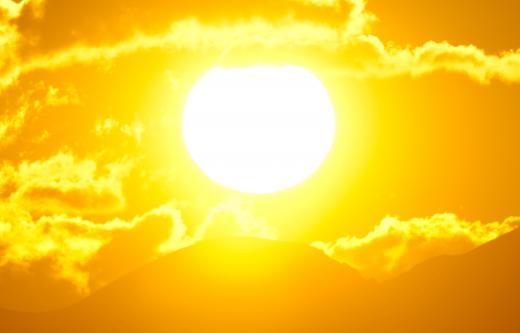What is a UV Rating?
A UV rating or index is the universally accepted standard measurement of the strength of the ultraviolet (UV) radiation produced by the sun. Based on specific times and particular geographic locations, the UV index is now part of most daily weather forecasts. The forecasts provide basic facts on the local UV ratings for interpretation by the general public.
Too much exposure to UV rays can cause many problems for humans. These include cataracts, accelerated skin aging, skin cancer, and sunburn. Physicians and public health groups strongly recommend that people protect themselves from harmful UV light by wearing brimmed hats and using sunscreen.

A computer model is normally used to predict UV rating levels, as it is more practical than measuring levels at specific geographic locations. These predictions may not be totally accurate but are close enough to genuine readings to satisfy the measuring standards of scientists and government agencies. Computer models are also commonly relied upon to forecast other weather-related conditions.

The UV index is simple to interpret. The higher the rating on the open-ended linear scale, the higher the risk of some sort of skin or eye damage. Zero represents the UV index at night. A rating of ten is normally indicative of midday sun on a cloudless day; ratings of 11 and above are generally found in geographic areas in the southern hemisphere where the ozone layer is depleted.

The points system incorporated into the UV index indicates that a zero to two rating signifies minimal exposure at high noon. A rating between three and four at the same hour is considered low, a five to six score is deemed moderate and seven to nine is viewed as risky. If the UV rating exceeds nine, people are strongly urged to stay indoors. Countries that regularly experience high UV ratings around noon often incorporate breaks or siestas during their workdays to protect workers from dangerous UV exposure.

In addition to the information in forecasts, UV protection ratings are provided on sunscreens so consumers can choose the right strength based on their skin types, UV ratings for their geographic area, and estimated exposure time to the sun. UV ratings on the labels of sunglasses also aid users in purchasing styles and brands that adequately protect eyes from the harm of UV rays.
Air pollution does reduce the amount of UV rays that make it through the atmosphere. Other factors such as altitude, distance from the equator, and latitude affect the potency of the UV rating as well. The natural melanin content of darker skinned people provides some natural protection from UV rays.
AS FEATURED ON:
AS FEATURED ON:














Discuss this Article
Post your comments